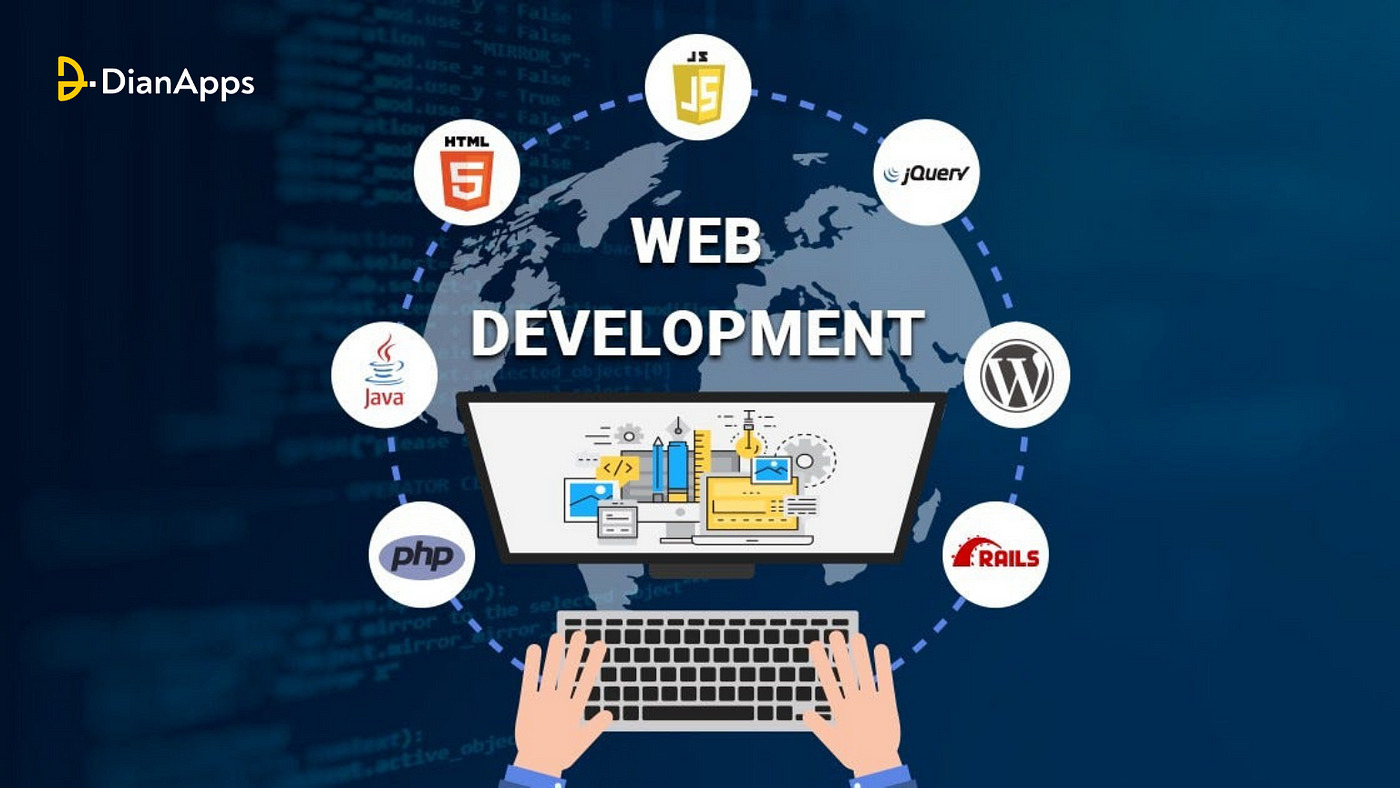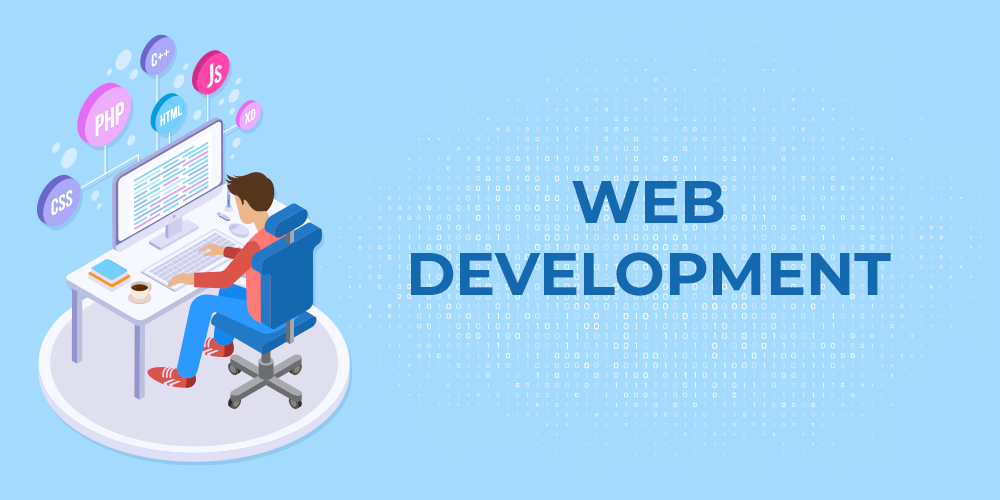Your Overview to Modern Internet Growth: Patterns and Best Practices
In the swiftly evolving landscape of web growth, understanding the newest fads and ideal techniques is vital for developing pertinent and engaging electronic experiences. Key considerations such as individual experience, receptive design, and availability are not just optional yet integral to the success of modern applications.
Emerging Technologies in Web Advancement

Another considerable improvement is the surge of Expert system (AI) and Device Discovering (ML), which make it possible for individualized customer experiences and data-driven decision-making. These technologies assist in chatbots, suggestion systems, and boosted search capabilities, hence changing just how customers interact with web applications.
Furthermore, the adoption of frameworks like React, Vue.js, and Angular has transformed front-end advancement, promoting modular style and efficient state management. On the backside, serverless architecture and microservices foster scalability and adaptability, permitting programmers to focus on composing code without handling framework.
Relevance of Customer Experience

Reliable UX layout is rooted in understanding user needs and behaviors. perth australia web development perth. This involves performing thorough research, creating user personas, and utilizing use screening to collect insights. By doing so, developers can create instinctive user interfaces that promote smooth navigation and reduce friction factors
Moreover, a well-designed UX can considerably influence an internet site's efficiency metrics. Research studies have revealed that customers are more most likely to abandon a website if they encounter poor usability or extreme packing times. Conversely, a streamlined, user-centric design can bring about reduced bounce prices and enhanced time invested in the site.
Accepting Receptive Layout
In today's varied electronic landscape, embracing responsive style is vital for making certain ideal customer experiences throughout numerous gadgets. With an enhancing number of individuals accessing sites with mobile phones, tablet computers, and desktop computers, a responsive layout approach enables content to adapt seamlessly to various screen sizes and orientations.
Responsive style utilizes liquid grids, flexible pictures, and CSS media inquiries to produce a dynamic design that readjusts in real-time. This approach not only boosts use however also adds to boosted internet search engine positions, as internet search engine prefer sites that supply a consistent experience across tools. In addition, receptive layout minimizes the demand for multiple versions of an internet site, enhancing maintenance and updates.
Additionally, receptive style cultivates better interaction by using a customized experience, maintaining individuals on the website longer and minimizing bounce rates. As consumer behavior continues to evolve, buying receptive style is crucial for companies aiming to improve client satisfaction and drive conversions. In summary, embracing receptive style is not just a trend; it is a basic method that aligns with the expectations of modern users, guaranteeing accessibility and performance despite the device they select to make use of.
Accessibility in Internet Advancement
Developing an internet site that is both receptive and obtainable is critical for getting to a larger audience. Ease of access in internet advancement ensures that all individuals, no matter their capabilities or specials needs, can effectively involve with digital web content. This includes people with visual, auditory, cognitive, or motor problems.
To accomplish access, programmers ought to abide by the Internet Content Accessibility Standards (WCAG), which provide a framework for making internet content much more perceivable, operable, reasonable, and durable (perth australia web development perth). Trick practices consist of using semantic HTML components, giving different message for photos, ensuring enough color contrast, and enabling keyboard navigation
In addition, applying ARIA (Easily accessible Abundant Net click for info Applications) characteristics can enhance ease of access, specifically for vibrant material and advanced customer interfaces. Evaluating with real users, consisting of those with impairments, is essential to determine possible barriers and enhance individual experience.
Eventually, prioritizing ease of access not just boosts compliance with lawful requirements but also fosters inclusivity, enabling companies to get in touch with a wider audience. As web advancement continues to advance, installing access into the style and development procedure is not simply an ideal method; it is a moral obligation that profits everyone.
The Surge of Progressive Web Apps
A significant change in internet development has emerged with the rise of Progressive Internet Applications (PWAs), which effortlessly combine the very best functions of mobile applications and internet typical internet sites - perth australia web development perth. PWAs are designed to give individuals with a fast, reliable, and appealing experience, regardless of their web link. This is accomplished through solution workers, which enable offline capabilities and background syncing, ensuring that individuals can access content also in low-connectivity circumstances
PWAs also leverage responsive design concepts, ensuring that they function efficiently across a selection of gadgets and display dimensions. This adaptability is essential in an era where consumers significantly count on smart phones for their online activities. PWAs remove the need for different original site app store setups, allowing for less complex and much more accessible distribution.
The advantages include businesses too. PWAs can result in improved individual interaction, higher conversion rates, and minimized growth costs by maintaining a single codebase for both web and mobile systems. As organizations make every effort to enhance individual experiences while optimizing performance, the adoption of Progressive Internet Apps continues to expand, solidifying their standing as a vital fad in modern-day web development.
Final Thought
In conclusion, modern web development requires a complex strategy that incorporates arising modern technologies, customer experience, responsive design, access, and the application of Progressive Web Applications. Abiding by these patterns and ideal practices not only improves individual interaction but also fosters inclusivity, ensuring that digital content is accessible to diverse audiences. By focusing on these elements, designers can develop impactful applications that meet the developing needs of users in a significantly digital landscape.
b